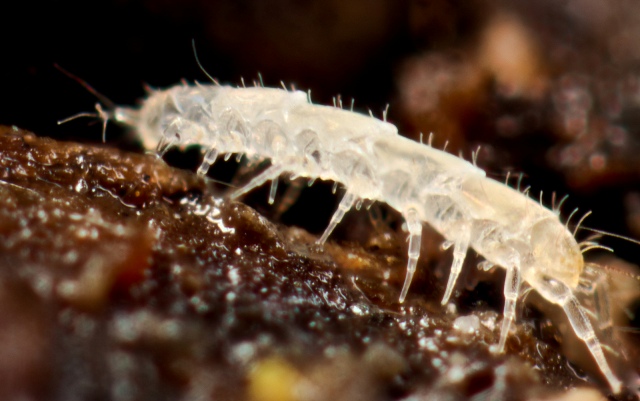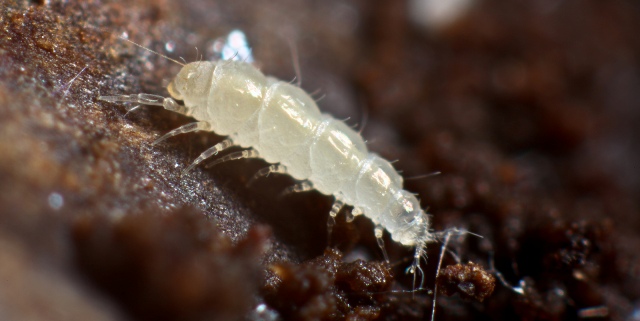Key to Australian Freshwater and Terrestrial Invertebrates
Phylum Arthropoda
Subphylum Myriapoda
Class Pauropoda
Common names: pauropods, pauropodans
Overview
Distribution and diversity
Life cycle
Feeding
Ecology
References and further information
Atlas of Living Australia: Pauropoda
Encyclopedia of Life: Pauropoda
Tree of Life: Pauropoda








